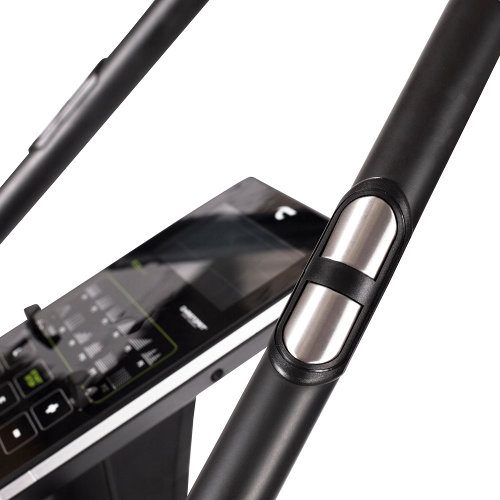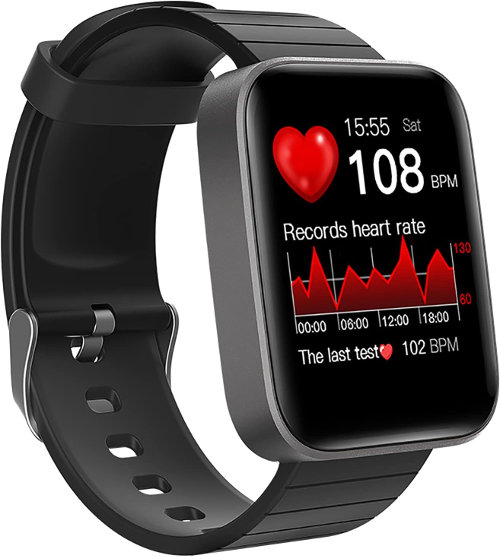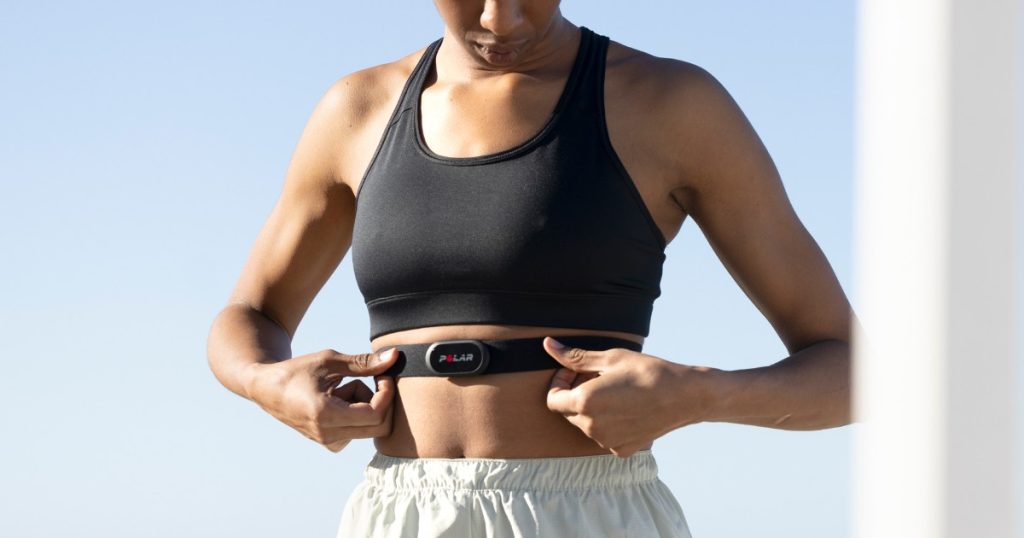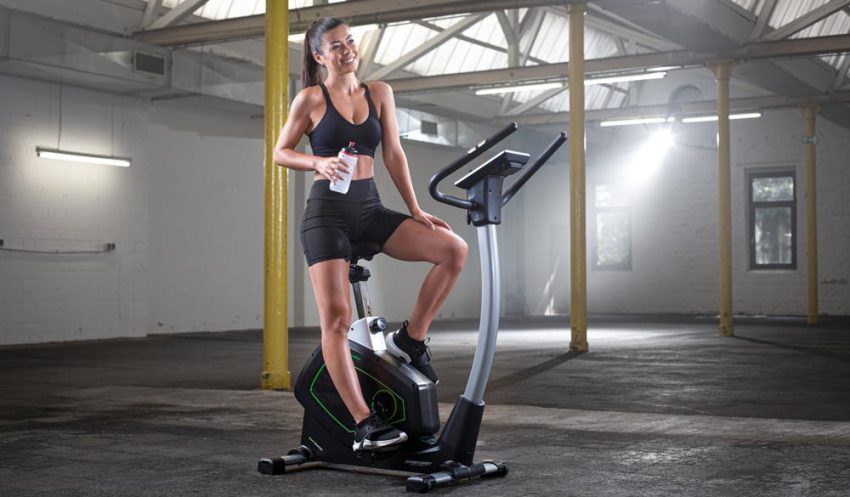An indoor exercise bike is popular for its convenient low-impact cardiovascular workout. If you’re just getting started on this fitness trend, you may wonder, how many calories does an indoor exercise bike burn?
The answer can vary depending on your weight. For a person who’s 130 lbs, an hour of cycling can burn 520 kcal. If you weigh more, you’ll burn even more calories.
Weight loss is just one of many benefits of indoor bike workouts. To find out more, read the full article about stationary bike benefits.
Keep reading to learn more about the science behind burning calories and the calorie-burning potential of indoor exercise bikes.
What Determines the Number of Burned Calories Per Hour?
The number of calories burned during exercise depends on various factors, primarily weight and workout intensity. Let’s discuss one in detail.
Weight
The more a person weighs, the more calories they burn per hour of exercise. Someone who weighs more has to use more energy to perform the same physical activity as someone who weighs less.
The more energy you use, the more calories your body burns. So, a person who weighs 200 lbs will burn more calories than someone who weighs 150 lbs, assuming that they’re performing the same workout at the same intensity.
Workout Intensity
Workout intensity is another crucial factor. The higher the intensity, the more calories a person will burn.
When the intensity is high, your body has to use more energy to keep up with the demands of the workout.
Additionally, after an intense workout, your body continues to demand more oxygen than usual in what’s known as excess post-exercise energy consumption (EPOC).
EPOC helps you burn calories faster than normal, even after exercising.
How Calorie Burn Rate Affects the Weight Loss Results
Your body stores energy in several places, including muscle glycogen, triglycerides located in the muscles, blood glucose, free fatty acids from the blood, and body fat. During a workout, your body uses these energy stores to give you fuel in a specific order.
Glycogen and Blood Glucose
At the beginning of a workout, your body uses glycogen stored in your muscles as fuel because it’s easily accessible.
As you continue to exercise, your glycogen stores start depleting, and your body uses blood glucose.
Free Fatty Acids
If you continue exercising beyond the point that your blood glucose is low, you’ll begin to rely on free fatty acids in the blood.
This is generally about 60-90 minutes into your moderate to high-intensity workout.
Converting free fatty acids into energy is slower, so your body needs to work longer and harder to do this.
Body Fat
Finally, when your body has used up its glycogen and blood glucose stores, it turns to body fat as its primary fuel source. This process is ketosis, which happens when you burn more calories than you consume.
If weight loss is your goal, a longer workout that allows your body to use up most of its energy stores, including body fat, will be the most beneficial. You don’t need a high-intensity workout.
We recommend an extended workout of over 40 minutes at a low intensity. One way to get this type of workout is through a stationary bike.
How Many KCal Will You Burn For An Hour of Training on a Stationary Bike?
Earlier, we talked about how weight can affect your calorie burn rate. For using the low-impact stationary bike, this is how many calories you’ll burn in an hour.
If you weigh 130 lbs, expect to burn around 520 kcal. For someone weighing 150 lbs, we’re looking at 600 kcal.
Lastly, if you’re 200 lbs, you can lose as much as 670 kcal in one hour of working out!
How to Precisely Measure the Actual Number of Burned Calories
If you want to know the actual number of calories you burn during workouts, here are the top three ways, arranged from least to most accurate. Your heart rate or other body statistics are used as the basis for the calculation in all three methods.
Sensors Built Into the Bicycle Handles

These sensors estimate the number of calories burned based on the intensity of the workout and the user’s weight.
While they can give you a rough idea of how many calories you’re burning, factors like the position of your hands on the handles can affect their accuracy.
Smartwatch With Heart Rate Monitor

Smartwatches and fitness trackers can be more accurate than sensors. They can track your heart rate during a workout, which indicates how much energy you’re using.
They also use algorithms based on extensive research and testing, which factor in your weight, age, and sex.
However, readings may be less accurate due to the fit of the watch and the quality of the heart rate monitor.
Pulse Measurement Chest Strap

This is the most accurate approach to measuring the calories burned during exercise.
It’s designed to be worn across your chest and is known to be the most precise way to measure your heart rate because it’s in direct contact with your skin.
Many chest straps also allow you to input your age, weight, and other body statistics to improve the accuracy of its estimates further.
Conclusion
Stationary bikes are a great option if you’re looking for a sustained, low-impact workout that can help you lose weight.
They have the potential to burn 520 kcal or more per hour, depending on how much you weigh and the intensity of the exercise.
With consistency and determination, you can achieve your fitness goals using a stationary bike in a relatively short period.
If this article convinced you that a stationary bike is an equipment just right for you, check out our article on how to pick a stationary bike for weight loss.
